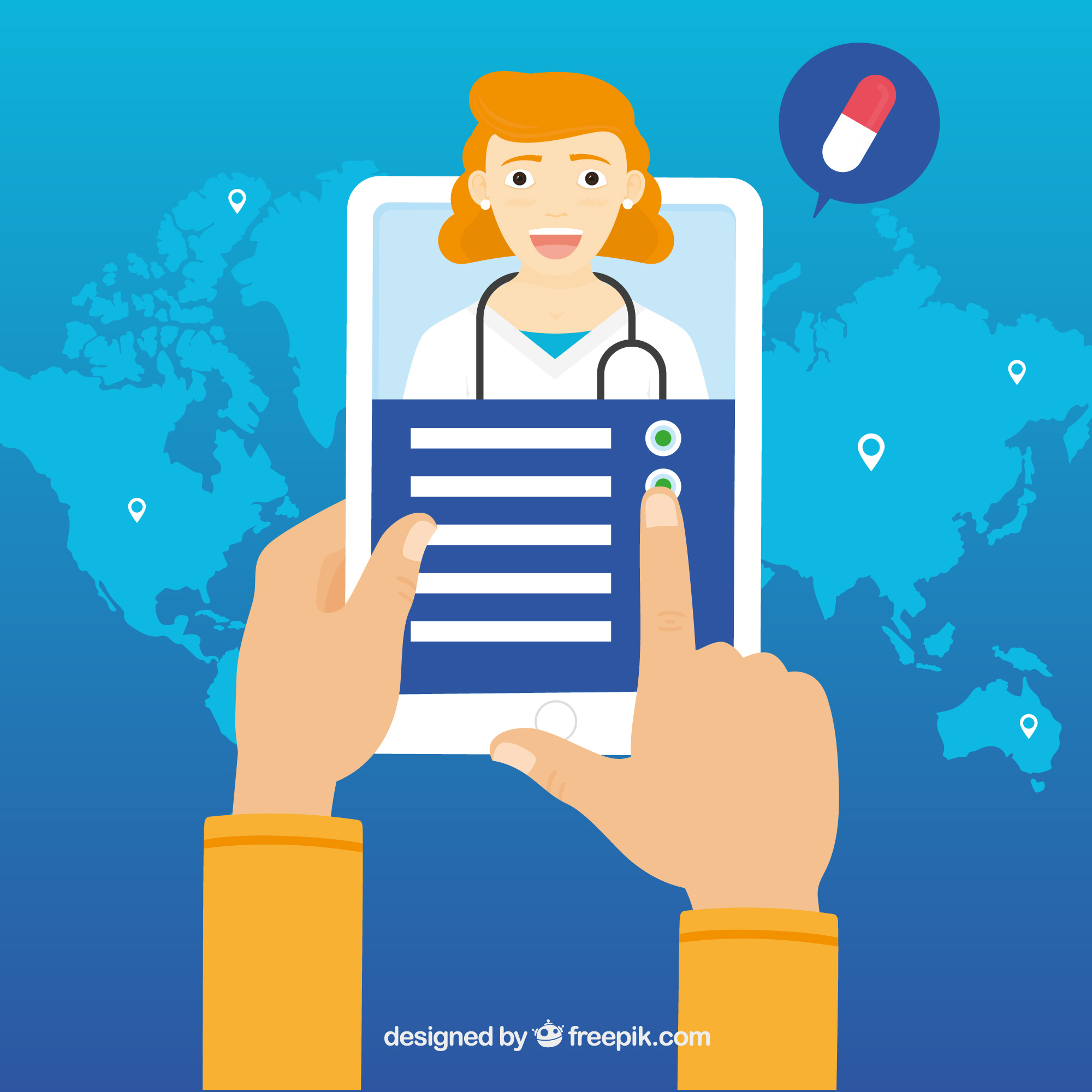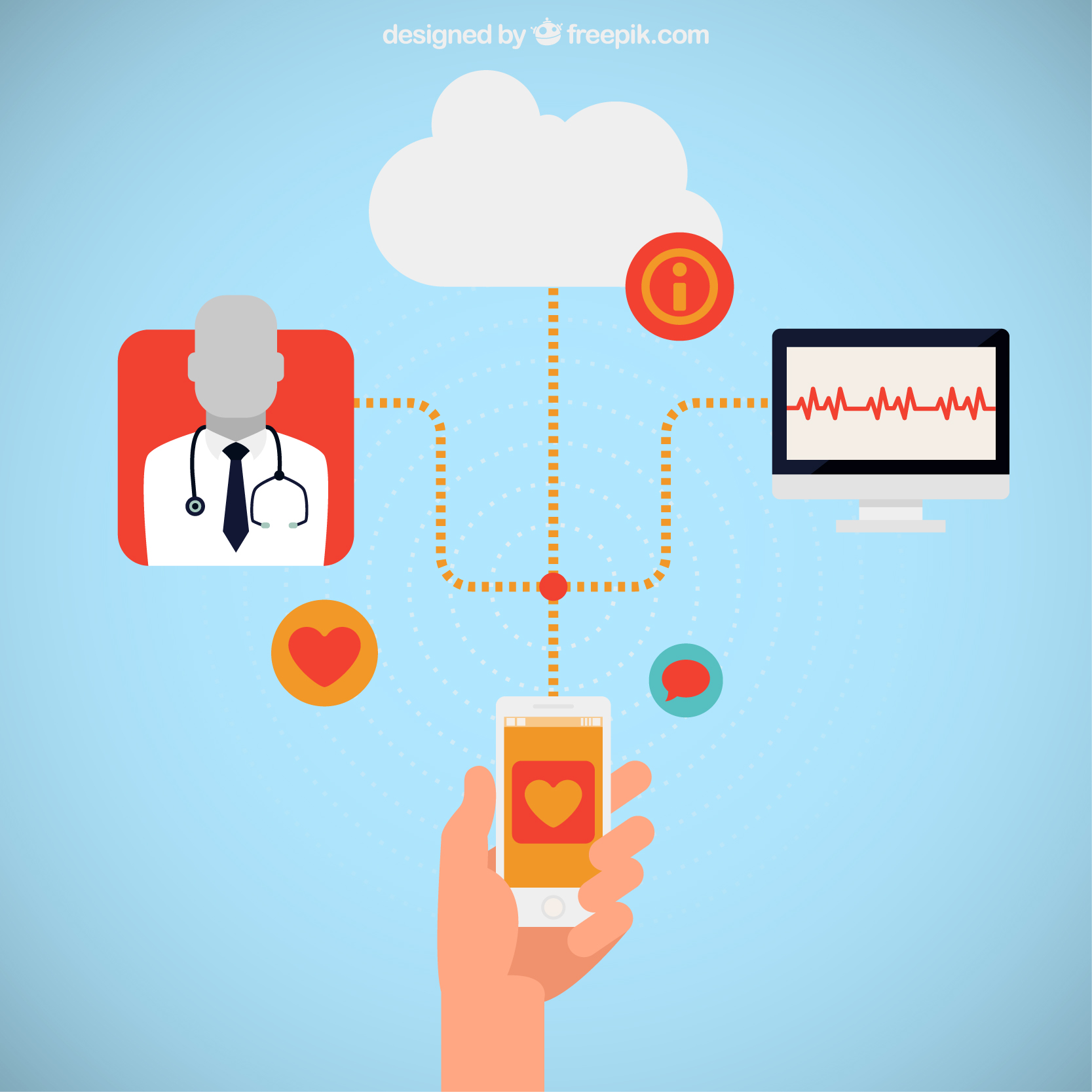What If Managing Patient Data Was as Secure as Your Online Banking App?

Strong 8k brings an ultra-HD IPTV experience to your living room and your pocket.
In the digital age, managing patient data is a critical aspect of healthcare operations, but it’s also one of the most vulnerable. With sensitive information like medical histories, prescriptions, insurance details, and personal identifiers at stake, healthcare organizations face increasing pressure to ensure top-notch security.
Now, imagine if managing patient data was as secure as your online banking app—where encryption, multi-factor authentication, and real-time monitoring keep every transaction safe. Thanks to advancements in custom healthcare software development, this vision is becoming a reality.
Let’s explore how modern healthcare technology is taking cues from the financial industry to protect patient data and ensure trust.
Why Data Security in Healthcare Matters
The healthcare sector is a prime target for cyberattacks due to the sensitive nature of the data it handles. Consider these alarming statistics:
Healthcare breaches are costly: The average cost of a healthcare data breach is over $10 million, the highest of any industry.
Patient trust is at stake: Data breaches erode trust, with 75% of patients saying they would hesitate to use a provider with a history of poor data security.
Regulatory requirements are strict: Laws like HIPAA (Health Insurance Portability and Accountability Act) mandate stringent measures to protect health information.
With stakes this high, healthcare organizations must adopt robust security measures comparable to those in the banking sector.
How Custom Healthcare Software Enhances Data Security
Just as online banking apps prioritize safety, custom healthcare software development is redefining data security in healthcare. Here’s how:
1. End-to-End Encryption
Online banking apps encrypt every transaction to ensure that even if intercepted, the data remains unreadable. Healthcare software employs similar methods:
How It Works: Data is encrypted both at rest (stored on servers) and in transit (during transfers).
Benefit: This ensures that sensitive information like patient records and test results are protected at all times.
2. Multi-Factor Authentication (MFA)
Accessing an online bank account often requires more than just a password—there’s an extra layer of protection like a one-time code. Healthcare software incorporates this too.
How It Works: Users must verify their identity through multiple steps, such as entering a password and confirming a code sent via email or SMS.
Benefit: MFA prevents unauthorized access, even if login credentials are compromised.
3. Role-Based Access Control (RBAC)
Banking apps restrict access based on user roles—tellers can’t access executive-level data. Similarly, healthcare software ensures that only authorized personnel can view or modify patient information.
How It Works: Permissions are granted based on job roles, ensuring doctors, nurses, and administrative staff access only the data they need.
Benefit: This minimizes the risk of internal breaches or accidental data exposure.
4. Blockchain Technology
Blockchain is the backbone of secure cryptocurrency transactions, and it’s now making its way into healthcare.
How It Works: Blockchain creates an immutable ledger for storing patient records, ensuring they can’t be tampered with.
Benefit: Provides an auditable trail of data access and changes, boosting transparency and security.
5. Real-Time Monitoring and Alerts
Banks use advanced tools to detect fraudulent activity in real time. Healthcare software can do the same for patient data.
How It Works: Artificial intelligence (AI) and machine learning monitor system activity for unusual behavior, such as unauthorized access attempts.
Benefit: Early detection of suspicious activity prevents breaches before they escalate.
6. Secure Data Sharing
In banking, transferring money between accounts is seamless yet secure. Healthcare software mirrors this by enabling secure sharing of patient data across providers.
How It Works: Secure APIs and encrypted communication channels facilitate data sharing while maintaining compliance with regulations.
Benefit: Enhances care coordination without compromising data security.
7. Regular Security Audits and Compliance Checks
Financial institutions undergo rigorous audits to ensure security protocols are up to date. Healthcare organizations must adopt the same approach.
How It Works: Custom software includes tools for automated compliance checks and vulnerability scans.
Benefit: Ensures the software meets regulatory standards and remains resilient to emerging threats.
The Impact of Enhanced Data Security on Healthcare
1. Improved Patient Trust
When patients know their data is as secure as their bank account, they are more likely to engage with digital health services like telemedicine and patient portals.
2. Fewer Data Breaches
Robust security measures significantly reduce the likelihood of breaches, saving healthcare organizations millions in potential fines, lawsuits, and reputational damage.
3. Better Regulatory Compliance
Compliance with laws like HIPAA becomes easier with built-in security features, reducing the risk of penalties for non-compliance.
4. Seamless Interoperability
Secure data-sharing capabilities enable healthcare providers to work together more effectively, improving patient outcomes.
Case Study: Securing a Hospital Network with Custom Software
A large hospital network struggled with outdated systems that were vulnerable to cyberattacks. By implementing custom healthcare software with end-to-end encryption, role-based access control, and real-time monitoring, they achieved:
A 60% reduction in unauthorized access attempts.
Full compliance with HIPAA and other data protection regulations.
Increased patient adoption of digital services, such as online appointment scheduling and telemedicine.
Future Trends in Healthcare Data Security
Custom healthcare software development continues to evolve, incorporating cutting-edge technologies like:
Biometric Authentication: Facial recognition and fingerprint scans for more secure logins.
Zero-Trust Architecture: A model that assumes no one, even internal users, is automatically trusted, adding extra layers of verification.
Quantum Encryption: The next frontier in data protection, offering virtually unbreakable encryption.
These advancements will ensure that managing patient data remains secure in an increasingly digital world.
Conclusion: Building Trust Through Security
The parallels between online banking and healthcare data management are clear—both require the highest levels of security to protect sensitive information. By leveraging custom healthcare software development, healthcare providers can offer the same level of trust and convenience that banking apps deliver every day.
If you’re ready to secure patient data like never before, investing in custom healthcare software is the key. Let’s build a solution that safeguards information and enhances patient confidence. Get started today!
Note: IndiBlogHub features both user-submitted and editorial content. We do not verify third-party contributions. Read our Disclaimer and Privacy Policyfor details.





